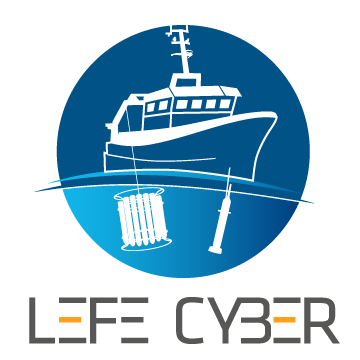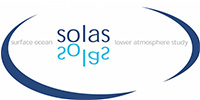Cruises LEFE CYBER
GEOVIDE
An international GEOTRACES study along the OVIDE section in the North Atlantic and Labrador Sea
Understanding the ocean chemistry of trace elements and their isotopes (TEIs) will improve our ability to probe the past and present ocean system. Some TEIs are toxic for the environment, while others serve as essential micronutrients, being involved in many metabolic processes of marine organisms. Their interactions with the marine food web strongly depend on their chemical (organic and redox) and physical (particulate/colloidal/dissolved) speciation, with continuous exchange between these phases. Some TEIs are also diagnostic and allow the quantification of specific oceanic mechanisms that can hardly or not be investigated by direct measurements (e.g. mixing rates, vertical advection, land to ocean fluxes, carbon downward and remineralization fluxes). TEIs provide constraints and flux estimates that can also be exploited to reconstruct past environmental conditions, and to estimate the possible amplitude of future climate changes. Despite all these major implications, the distributions, sources, sinks and internal cycling of TEIs are still largely unknown because of the lack of appropriate sampling and (up to very recently) the insufficient sensitivity of the analytical tools. Recent advances now provide the marine biogeochemist community with a great opportunity to make substantial contributions to the understanding of the oceanic system. It is in this general context that the international GEOTRACES programme intends to characterize the TEI distributions throughout a Global Survey, consisting of ocean sections, and regional process studies, using a multi-proxy approach. The proposed GEOVIDE section will be the French contribution to this Global Survey in the North Atlantic Ocean.
| Name | Lab. | Status | Topics |
|---|---|---|---|
| Sarthou G. | Lemar | DR | Biogeochemistry and traces elements |
| Lherminier P. | LPO | Research Scientist | Physical Oceanography |








